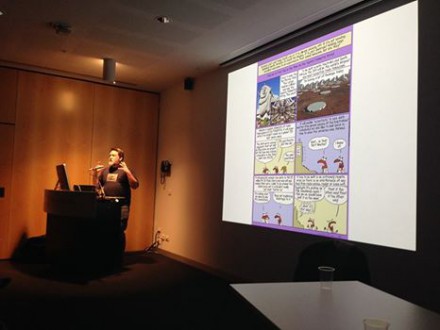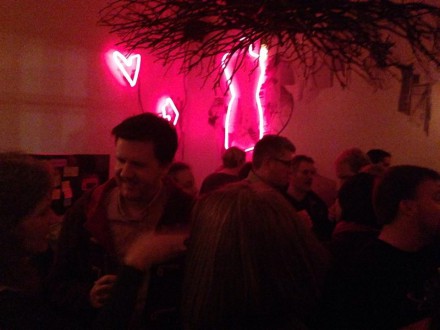Thank you to Abbie Thomas for sharing this interview.
After three very successful years as SA’s Chief Scientist, Don Bursill is looking forward to doing a bit of fishing. During his time leading the South Australian science community he has established a State Science Policy, set up Future Fellowships to keep SA’s best researchers from heading interstate or offshore, and founded an Early Career Researcher Network where people from different science disciplines can connect with each-other and with industry.
How much influence does a state Chief Scientist actually have?
When I was asked if I wanted to do it, I thought I’d like to have a go, but the cynic in me said people probably won’t listen to me. But I was very pleased to see that the Chief Scientist position is regarded highly by the government and the beaurocracy. One thing about being a Chief Scientist who has finished their career is you’ve got no career aspirations; you can talk frankly to the premier and the ministers without worrying about your future. I have sat in meetings and heard very senior public servants tell ministers absolute rubbish, and I’ve had to pipe up and say ‘well, I don’t believe that’s right’. I think it’s important that more people understand that science and innovation are really fundamental to making sure that our productivity is fuelled by new ideas and doing things smarter and doing things better in the future. I thought we needed a new Science Strategy which I started working on soon after I was appointed. There were 41 recommendations put through to cabinet this year and they were all approved.
How could Australia do better in building innovation?
I think our culture – not just in South Australia but all of Australia – has a bit of a ‘branch office’ or colonial mentality – we think we are too small and too far away and too insignificant to really matter, and we think that any of the real things that are going to happen will happen somewhere else and we can just buy them. And a lot of our big players – the decisions are made by Boards in other countries, for example in the automotive industry, and our small to medium enterprises are often family businesses that don’t have the technical capacity to really know how to lift themselves out.
Before becoming Chief Scientist, you were SA Water’s Chief Scientist for 15 years. How bad is Adelaide’s drinking water, really?
Every so often, the media set up blind taste testing in Rundle Mall (in Adelaide’s CBD) with water from the various states to see who picks out what’s what. Whenever there’s one that’s a bit on the nose, people always attribute it being from Adelaide! But in fact treatment has improved a lot, and most of the tests in last 20 years have rated Adelaide above average. We’ve come from behind and we don’t quite get to the top of the tree, but it is very high quality and definitely one of most reliable (Australian city water supplies) in terms of public health aspects. In fact we (SA Water) went over to Sydney and helped them when they had a problem with Cryptosporidium.
Australia’s population is projected to double by 2050. How are we going to find enough water for everybody?
We happen to have most of our population living on the coast, and desalination technology is becoming better and cheaper all the time. These have been installed in all the capital cities except Hobart in the last 5-6 years, and it can all be supported by renewable technology which has a very low carbon footprint – quite different from what is often portrayed in the media. But I personally have a view that it’s about time we started to develop a different economic model than the one we have which says GDP has to keep growing every year. This predisposes our resources will be bottomless pits. If any other organism was expanding at the rate of the human population we would call it a plague and we’d be out with the pesticides!
What are your tips for successful science communication?
The importance of science and the fun that can be conveyed in it are very important – to be honest with people is important. I do lots of talks to all sorts of community groups, especially on water issues, and there’s a lot of misunderstanding out there. So I do a list of dot points which I call ‘Your water supply – the myths and the realities.’
I show the things people think are true (based on what they’ve heard in the media), then I give them some of the facts – but I invite them to verify each fact for themselves. I bring them all along because they have the information to enable them to make the right conclusions.
Does Australia need a Science Minister?
The important thing about having a Minister for Science is that, come Budget time, they will argue for science even if no one else does. At least at the moment Ian Chubb is still there – he’s trying to establish things on a good strategic foundation and I think if he had more support this country would be doing better. But if he goes and isn’t replaced, then that would be a real disaster; it would be time for us to start getting a bit more active. We can’t not have a vigorous research and innovation program in this country – we are already right down near the bottom of the OECD with respect to industry participation in research. We can’t let that stay that way; we have to turn it around.


